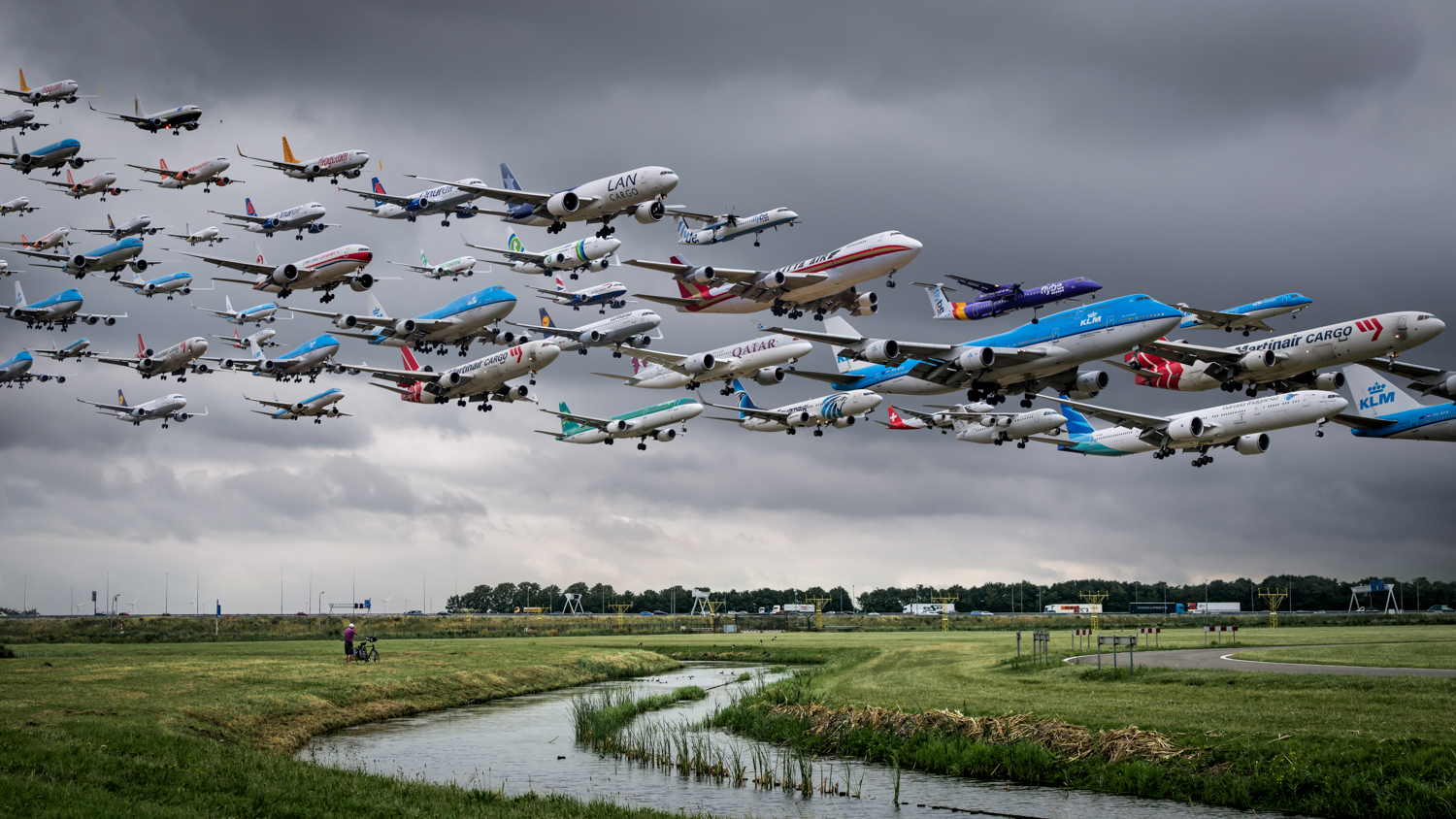How to Travel as a Working Photographer
Getting paid to travel is simultaneously the single most amazing thing and single most overrated thing about being a working photographer. On one hand – exposure to new cultures, places, food, languages, and photo subjects is incredible. On the other hand, when it goes wrong, it can go very, very, wrong and make you question why you even bothered saying yes to the job in the first place.
It’s no big secret that working as a photographer gives you freedom to travel. In fact, one of the reasons I decided to be a photographer in the first place was that I’d be able to leverage it to travel all over the world. Between assignment and personal work, I’ve traveled to more countries in a year than I ever thought possible and have had the privilege to discover beautiful places far off the beaten path. I feel like I have local knowledge of many locations that I’ve returned to time and time again, have learned that there are certain places that I’ll never want to go back to in a million years, had some of the most memorable foodie and cultural experiences of my life, and have found countless vacation spots that I never knew existed; all of this thanks to photography. To say anything of it, it’s absolutely an adventure (even when it goes completely pear shaped…).
I’ve been thinking about writing this post for a long time, and I finally feel like there’s enough experience in my life to accurately write it. Hopefully this helps you make your next travel gig (or first travel gig, or hundredth travel gig) go much more smoothly than it would have otherwise.
Luggage
When I first started traveling, I brought absolutely everything with me. I’m talking seven or eight checked bags, lightstands in a golf case, 3-4 Pelican cases, a suitcase for my luggage, and more crap that I’m not remembering, of course including the obligatory roll-aboard camera bag. Seven or eight years of travel later, everything I need fits into two checked bags, a briefcase, and a roll-aboard camera bag.
Nothing sucks more than the schlep. The schlep is real. The schlep is terrible. Even with an assistant(s), pushing around a cart full of gear is awful. I can hear the comments now: “but how am I supposed to work without my RD4500 thinga-majig”. You will find a way as soon as your special little adapter ends up stuck in customs, mis-directed to Sioux City when you need it to be in Nassau, or broken because of TSA incompetence.
Over the years I have been ruthless in cutting out things I don’t really need to make good pictures. Blasting a house with 10,000 watts of light can generally be avoided by shooting at a better time of day. Cloths and flags can usually be replaced with bedsheets or sent in ahead of time via Amazon. Massive 11 foot tripods can be replaced by putting a normal sized tripod on top of a rental car. Do I really need that 90mm tilt shift? The one I’ve used twice in the last 5 years? Nope. G’bye.
You also attract much less attention with less equipment. This is helpful when transiting less, shall we say, savory parts of the world – you’re far more likely to draw attention to yourself with Pelican cases galore. I can pass for tourist with just a couple bags and none of the SmarteCarte nonsense. Not that I am trying to sneak into these countries (I’m adamant about the proper paperwork, always) but the less questions, the better, in nearly every single scenario.
I recommend that you be extremely conscious of airline baggage and carry on limits. Some airlines are vigorous in their enforcement of cabin baggage size and weight. I’ve generally had great luck with American carriers letting me carry pretty much anything on board as long as it fits in the sizer, but in Europe and Australia/NZ, the baggage enforcement can be downright incomprehensible. When traveling abroad I usually always wear a very pockety Patagonia vest or similar, so that I can stuff everything into my jacket until after check-in, and re-load my camera bag once I’m on the plane, only after they’ve twice weighed my bag to the ounce as if it was a packet of blue meth from Breaking Bad – why they’re so anal, I have no idea.
Lastly, keep your checked bags to under 50 pounds a piece. I know the temptation is there because many airlines allow you up to 70 pounds per piece, but actually pushing / carrying around a 70 pound piece of luggage absolutely sucks. You’re going to hurt yourself and it’s not cool for your assistants, either.
A word on media baggage
Media baggage has been the eternal work-around for avoiding baggage fees and paying a fair rate to travel with 4+ pieces of luggage, but airlines are cracking down on photographers using this. In many cases you must be a pre-approved vendor or media outlet to benefit from this perk. United, American, and Delta all have a policy such as this on their website:

Sound like a total PITA? Yep, it is. In years past it was much easier for photographers and videographers to get past check-in agents as media, but in the last few years this has become harder and harder. One more reason to slim down and get your checked luggage situation under three pieces total. It’s especially annoying at smaller local airports where agents are more likely to follow the letter of the law, so to say, and won’t bend rules for you (or where they just have no idea what media rate luggage actually is).
Airlines: The choice is more important than you think
They all get you from point A to point B in equal misery, of course. Some are even a little cheaper than others, too – but there are a few things you need to know if you’re going to depend on airlines getting you from here to there in a timely fashion (we’re doing this for work, right?).
Nonstop. Always.
Whenever possible, anything to minimize the chance of disruption is very important. If your client is spending thousands of dollars to get you to photograph something, what’s a few hundred extra to get you there on time without a missed connection or weather delay? The whole shoot can crumble if you get snarled up connecting in Charlotte, Atlanta, or Dallas in the summer. Weather can cause havoc in these cities (same for those of you tuning in from Asia and South America).
Established, full-service carriers only
Another non-negotiable for me. What do I mean by this? Essentially, I only want to fly on a full service airline with multiple flights a day to my destination. Many low cost carriers unbundle their fares in an effort to make things cheaper, and they’ll ding you for checked luggage, carry-on luggage, food, priority boarding, and anything you can think of. This adds expense and stress at the end of the day.
Many low-cost carriers run the risk of shuttering routes (or just plain going out of business) overnight. Imagine what a disaster it would be if your airline decided to cancel your route or just stop operations because they ran out of money – this will be avoided with a large, dependable airline.
Another thing to note about the low-cost-carrier model is that they often operate a point-to-point business model where they might fly from Chicago to Boston to Fort Lauderdale to Nashville, rather than from Chicago to Boston to Chicago four times a day. Most major airlines operate a schedule with multiple flights on the same route every day – ensuring that if something goes wrong and you miss a connection, you’re covered on a later flight. If I’m flying on Southwest or Frontier from LAX to JFK, I’ll have to stop in Nashville or some other random city. What happens if the connection in Nashville crumbles? I’m screwed. Client is screwed. Nobody’s happy. If I had just paid an extra $200 for the nonstop LAX-JFK on American, problem would have been avoided entirely.
In addition, when faced with a delay, be pro-active about re-accommodation. Agents are under enough stress as it is, so I like to offer alternatives when possible. “Our flight to Kalispell is cancelled, but I see flights to Missoula on United are still operating today. I’m happy to be re-accommodated there instead.” This little play has saved me on more than one occasion, and if you are polite to the agents I’ve found they are highly likely to re-pay the favor, saving you hours or days in the process.
Class of traveI
I’ve flown enough that I’m done with economy on long business trips. It stops being fun around the 13th hour of your 4th long haul trip in a year, so you need to find where your pain tolerance is and ask for accommodations accordingly. I’m 6’2″, so I require, domestically, main cabin extra, bulkhead seating, or whatever your airline of choice calls it.
Internationally, depending on the itinerary, I usually ask for business class though this is assignment dependent. At the very least, premium economy if budget is a concern. Like I said – I’ve traveled enough at this point that if someone wants to fly me to Australia (15 hours from LAX) they can put me in Premium Economy. Entitled? Call it what you want – you try to work a 12 hour day after flying 15 hours in a painfully tight economy seat where you slept like garbage and are suddenly staring down the barrel of an eight hour time zone change. Not. Cool. It’s one thing if you’re going on vacation and don’t need to be anywhere at a certain time, or are just walking around a city – but when there’s a job on the line, I don’t mess around with it.
If business class or premium economy are out of the question, ask for a few days off to catch up on sleep and get ready. Two or three hotel days are infinitely cheaper than business class in many situations, but it may be that you don’t have the luxury of time at your disposal in which business class will help you arrive rested and ready to go.
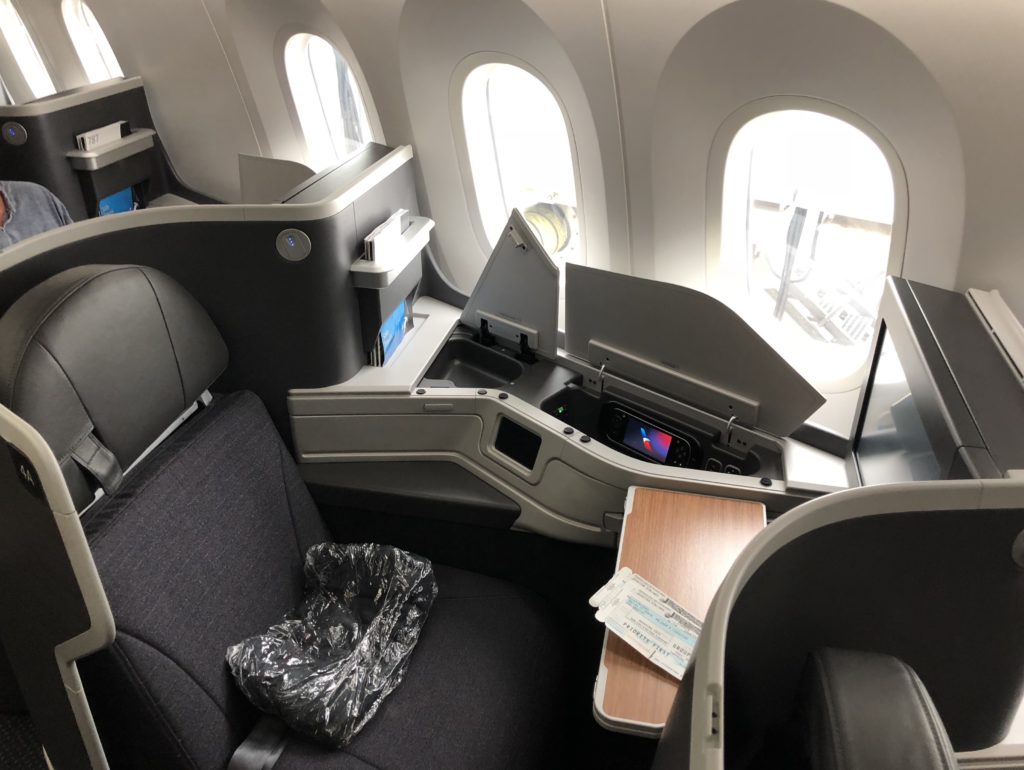
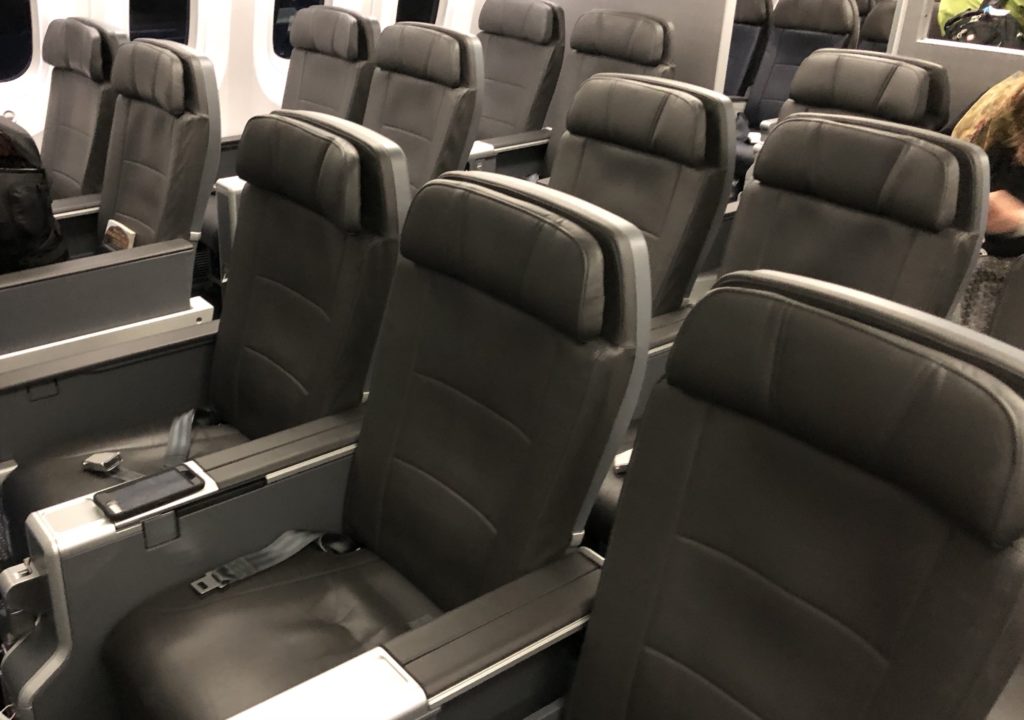
Avoid OTAs, book directly when possible
Another trap to watch out for is booking through an OTA (online travel agency). In many cases, bookings made through an OTA cannot be altered by the airline, so you’re at the mercy of Expedia, Orbitz, or whoever – to make changes to your booking. If you need to change a booking for whatever reason, it’s so, so much easier to be able to call the airline directly or work with them on twitter (the biggest open secret in the airline industry is that twitter customer service is usually incredibly helpful compared to phone service for simple requests).
Stick with one airline for status (or at least get a credit card)
Even the lowest status tier is absolutely worth having if you’re traveling as a photographer. Being able to use priority check-in lines, priority security lines, and having a dedicated phone line to call in case of IRROPS (irregular operations) is a life-saver. I can’t tell you how many times I’ve been flying from somewhere through Dallas or Charlotte in the summer and a thunderstorm causes a mess of delays. There’s a line of hungry, irritable people 400 feet long waiting to get help from an agent, and I just go make a phone call to the dedicated elite status line. My problem is usually solved in a matter of minutes and I’m re-routed immediately or protected on a later flight, ensuring we get there without fuss. And that line hasn’t moved an inch by the time I’m done.
It’s actually shockingly easy to get a decent level of status if you travel enough; these days the entry level is $3000 of spend per year and 25,000 miles. If you fly back and forth between LA and NY five times in a year you’re in. If you can swing it, I’d go for second-tier status at your airline of choice to really make your life easier as this is where the perks start to seriously kick in. This is a far more nuanced and complicated post than I can write here, but status is a total life change if you travel frequently, so be sure to stick with one airline. If it costs you an extra $500 at the end of the year but saves you headache and delay – it was $500 well spent.
Get Pre-Check and Global Entry
This goes without saying. If you have photography equipment you unequivocally need Pre-Check. The amount of rough handling that baggage goes through in a normal security line is kind of outrageous, and the new policies requiring you to unpack and remove all electronics larger than a cellphone are preposterous. Your lenses and cameras are going to get jostled, knocked, and inspected in the regular security line and this is one more place where they’re going to break on the way to a shoot. Not to mention the fact that I don’t feel disgusting after going through pre-check security because I didn’t have to take off my shoes or belt, touch the nasty bins, or anything else. You can often get it for free with credit cards these days.
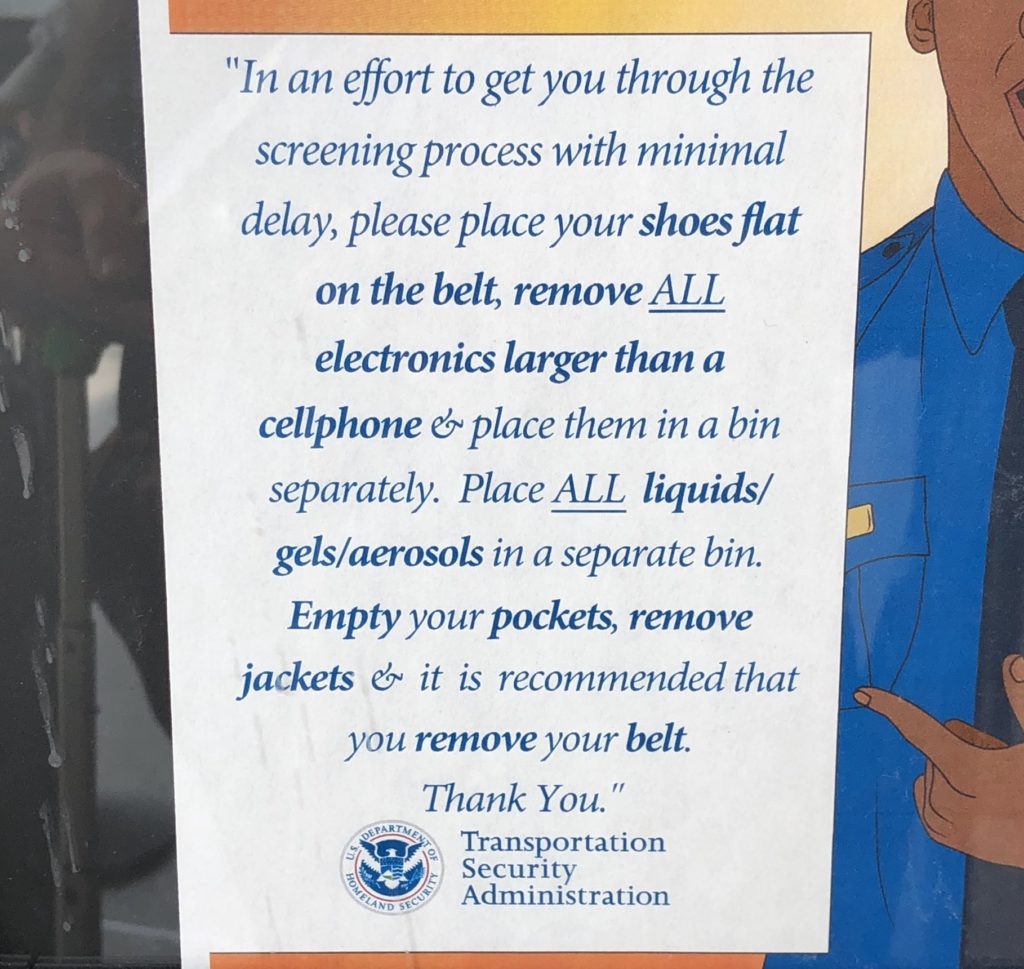
Get a real credit card
A perfect segue from my Pre-Check mention up above. I recommend the Chase Sapphire Reserve (another longer post for another time) which includes travel delay insurance, electronics coverage, primary car rental insurance, free TSA Precheck and Global Entry, and the ability to earn an absolute load of points for all your business spend. Check out this link for more information, this is very much a ‘do your own research’ area but the credit card perks are absolutely worth it. An example of this credit card saving my ass was on a recent trip to Bangladesh; my assistant and I were delayed 13 hours in Hong Kong without access to our checked luggage. I was able to buy us clothing and food (about $500 worth!) to make our stay more comfortable which was all reimbursed, no questions asked, by Chase. I’ve also used this to get a last-minute rental car when flights were canceled due to weather – again, all reimbursed.
I don’t think I should have to but it’s 2019, so I’m going to: Pay that credit card off every single month. No exceptions. Don’t get one if you aren’t responsible enough to use it, because I’m just going to laugh when I get an angry email about how someone is $20,000 in the hole because they got a credit card they weren’t responsible enough to use. Autopay. Full balance. Every month. Done. Perks galore, no interest.
Hotels
Just like flying, I have some stipulations when it comes to hotels. I personally want to select the hotel (though I’m happy to take direction and input from a client) and I’m sure to do some research. My preference is for a solid business hotel – I expect breakfast, dinner, and wifi. I know myself and what I need to work properly – and unless we are in the absolute boondocks, a Hampton Inn breakfast spread with fake sausage and two-inch diameter pancakes covered with corn syrup isn’t going to cut it for me. I know that makes me sound like a bit of a diva, but our jobs are extremely physical, the days are often 12+ hours long, and I need a good start to the day. I also want dinner to be easily accessible, especially on multi-day shoots where we have to eat at 10pm or even later in summer. It should be obvious that cleanliness of rooms and basic facilities is a must. These hotels can be found for as low as $150 in cheaper cities and top out around $400 or $450 in more expensive cities like NY, San Francisco, Miami, etc.
Airbnb might be fun for longer-term gigs and personal projects, but I’ve learned over time that I don’t want to mess with making my own food day in and day out, especially after a 12 hour day, nor do I want to deal with Airbnb when things get ugly. I don’t have the patience to deal with incompetent hosts and underwhelming accommodation, so unless we are in the middle of nowhere, I’m asking for a business hotel – this is not an unreasonable request and you should never feel bad about it.
Lastly, stick with large, dependable chains if possible. The cute design-y hotels might be amazing on vacation, but are they still so cute when they don’t open for breakfast until 7:30am and your call time is 7:00am? Didn’t think so. Don’t need to mention the agony of a prolonged check-in experience as they walk you through all the features of the hotel when all you want to do is sleep, either. Save it for a real vacation with your significant other!
Car Rentals
Again – you’ve gotta be in the driver’s seat (bad pun intended) here. I personally stipulate at least a crossover SUV when I’m traveling, as I’m tall and with my and my assistant’s luggage, most sedans are somewhat dicey in terms of size and safety. It might make for a cute instagram story to load it up with cases of gear, but in an accident I’d rather have that stuff as far as possible behind me in a lift-gate trunk, not in the back seat or spilling into the front. Like airfare and hotels, you should be booking this on your own so that you’re in control of what you get, when you get it, and where you get it.
Absolutely make sure that you sign up for one rental car company’s preferred or frequent driver program – I like to use Avis, as I’ve never had an issue with them. Signing up for these programs usually entails giving them your driver’s license info, insurance preferences, address, phone number, and so on. Once you’re signed up, you can skip the line entirely and go straight to your car. After landing at LAX at 10pm, the last thing you want to do is stick around waiting for the 20-deep rental car line while you’re hungry and tired. These programs are an absolute life saver.
In addition, download the app of the rental car company you use. With Avis, I am able to change the rental return dates, swap the car, and change return/pickup location right within the app. It’s actually pretty amazing and is so much easier than calling to deal with someone on the phone who is inevitably incompetent.
As I am covered by my credit card’s primary collision insurance, I always decline the optional upsell insurance. I recommend you get with this program as well.
Do yourself a favor, and like airlines, skip the low-cost rental car companies. Hertz, Avis, Enterprise are about the only ones I’ll deal with because the rest can be downright painful with how hard they try to demand you buy insurance, pre-pay for gas, and generally yank you around during the pick up process. There are also plenty of horror stories of them charging you hundreds of dollars for the tiniest bits of wear and tear.
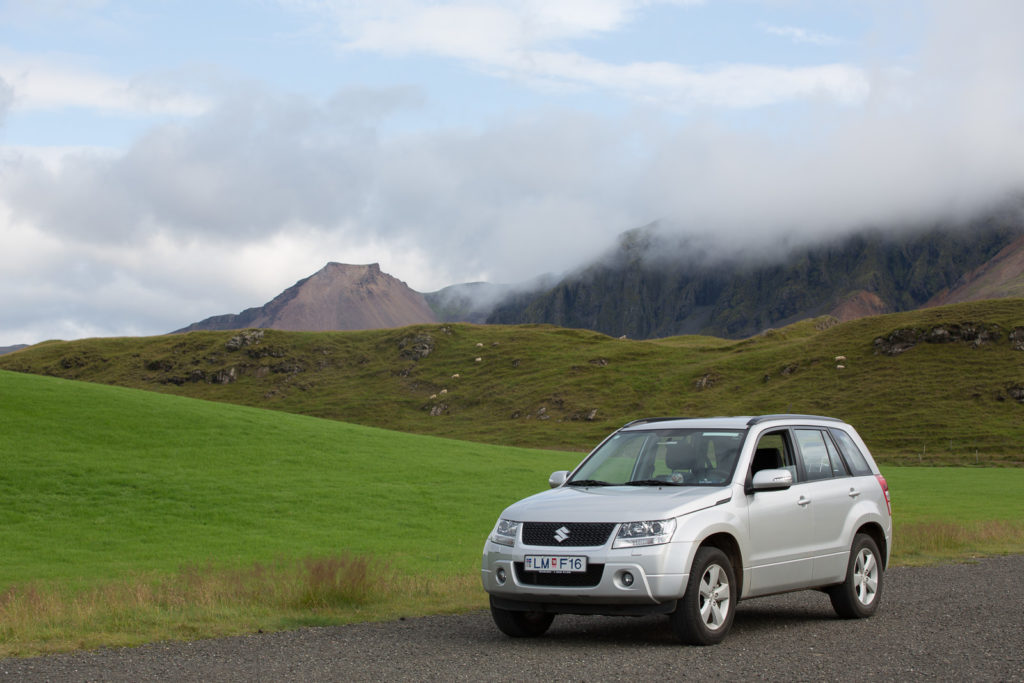
Rest days
Travel is exhausting, and so is photographing architecture. Twelve hour days are brutal, and even more so after flying halfway across the world. My contract asks for the following:
One full rest day after any overnight flight
Not a scout day, not a planning day, one complete, total rest day, which is non-negotiable if I’m going to be there for more than a week. It’s nice to get acclimated to a new locale, new time zone, and new neighborhood so you are familiar with what you’re getting into for the assignment.
One full rest day after five days of shooting
Again – a full rest day. No scouting, no processing, no nothing. There’s no point to the stress of travel if you can’t at least take a day to enjoy the place you’re in.
If the gig is more than ten days of shooting, two days off in the middle
A weekend, essentially. There are laws against working this much, so I don’t think this is an unreasonable request. If it’s something like a gig with seven days of shooting, I’ll work a single rest day into the shoot after the third or fourth shoot day to recuperate a bit.
Sorry – pushing me for 12 hours a day 7 days in a row is, to put it bluntly, a quick way to get on my shitlist. While it’s true that I love my job, labor laws are a thing, my assistants need a break (they’ll start to resent you after about day six, ask me how I know), and the quality of photos will improve greatly when everyone is well rested.
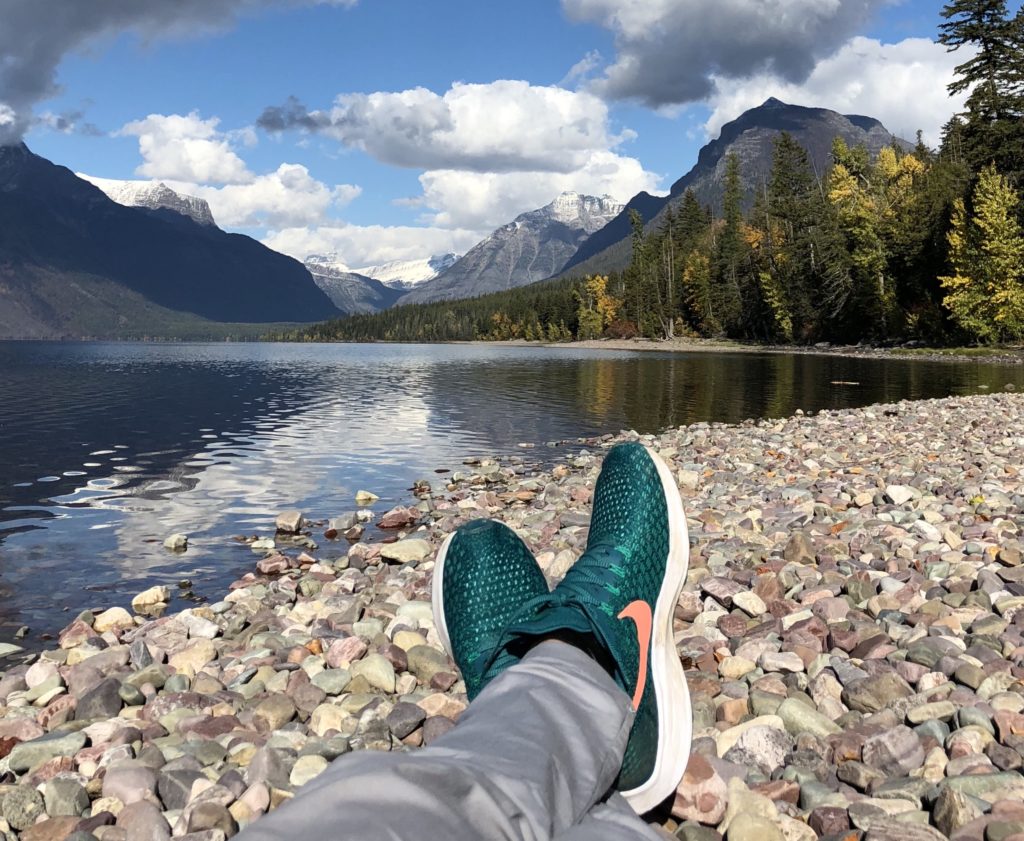
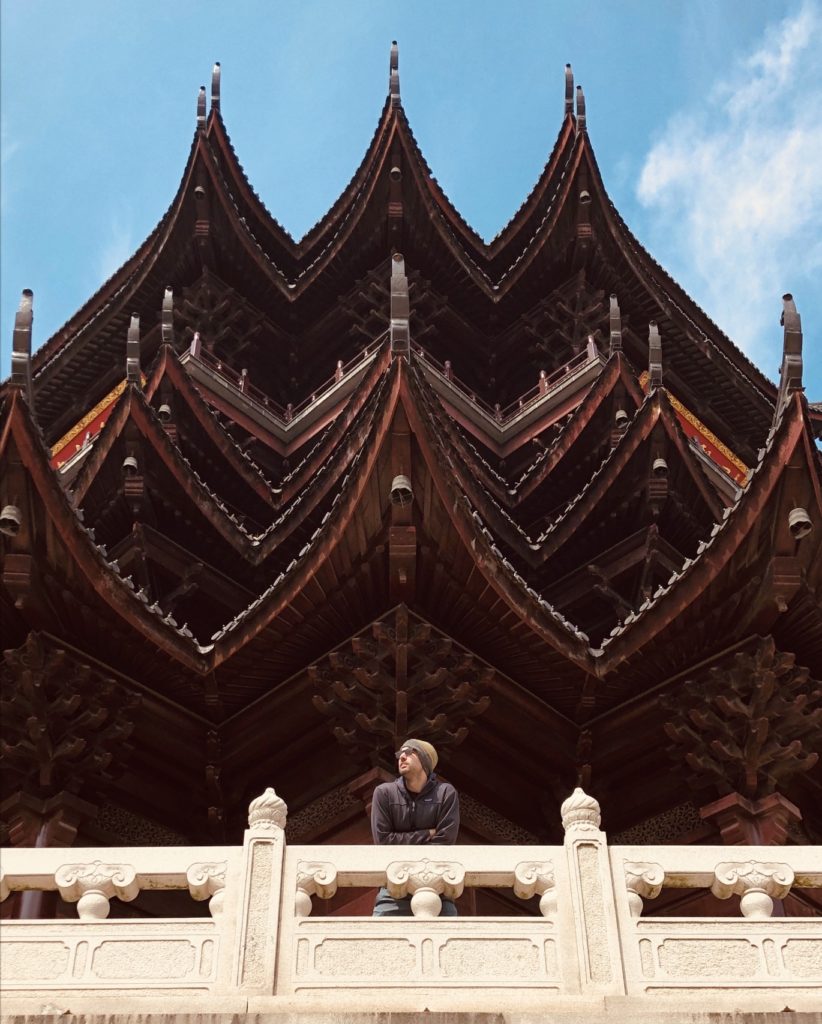
Food and Drink
An essential part of life, let alone travel. You should absolutely be reimbursed for food and drink while on the road. Expect that all reasonable food and drink purchases are reimbursed, but your client may have specific requests when it comes to billing for it. Some clients offer me a per-diem, and some clients just ask me to send receipts.
There’s a lot of leeway as to what “reasonable” means, but in general I don’t push it when it comes to booze and Michelin stars. I actually don’t even drink so I’ve never run into an issue, but decent restaurants, a drink or two, and tip is absolutely within the realm of reasonable. I’ve had issues with assistants in the past running up huge drink tabs so I’m very clear about what they can and can’t do ahead of time. Couple glasses of wine? Sure. 4-5 cocktails? Take a hike, dude.
One reason I like my business hotels is they often include breakfast in their room rate – simple enough!
A final check-out…
So, taking into account all that I ranted on about above, these are things that should absolutely be in your contract. Stipulate that you book the airfare, you choose the rental car, and you choose a nice business hotel. Are you going to go with a per-diem, or be reimbursed for actual expenses? It’s a little bit more legwork to figure this all out and get it in a contract, but will save you so much hassle down the road.
At the end of the day, traveling for work can be an amazing experience – or a terrible one – if you aren’t able to properly navigate the world of airlines, hotels, client expectations, food, and so on. If you lose work because of these stipulations, you’ll probably be glad in the long run. It’s just not worth getting into a situation in a foreign country or far away from home where you feel that you’re getting taken advantage of. Learn from my mistakes (more on those in upcoming articles) and make sure you’re well covered, well prepared, and well rested for these exciting opportunities.
